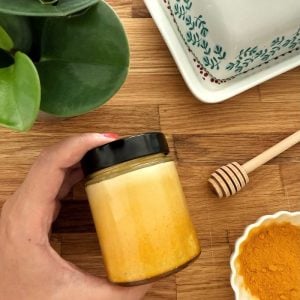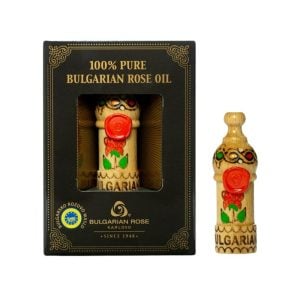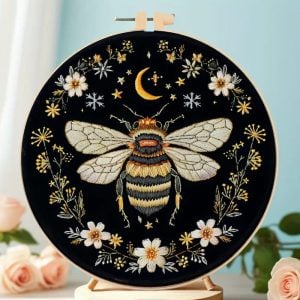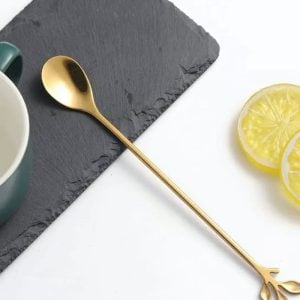The Beehive Blog
Honey Tasting Guide: How to Taste Honey Like a Pro
Ever wondered why one jar of honey tastes floral and light, while another feels rich and earthy? Welcome to our Honey Tasting Guide—your step-by-step introduction to truly experiencing honey, not just eating it.
Honey isn’t just a sweetener. When raw and unprocessed, it’s a sensory experience shaped by the flowers, the season, and the bees. Think of it as wine tasting—only stickier, and just as rewarding.
Whether you’re a flavour explorer or simply curious, this simple guide will help you identify honey’s unique colour, aroma, and taste notes.

Step 1: Look
Open your jar and hold it up to the light.
What colour is it—pale golden, deep amber, or creamy yellow?
Is it runny, thick, glossy, or set like butter?
Every type of honey has its own personality, which can slightly change seasonally.
Tip: The flower source changes the honey’s colour—sunflower honey is usually much brighter than one made from alfalfa or forest blooms.
Step 2: Smell
Bring the jar close and take a deep breath.
Raw honey carries the scent of the land.
You might notice:
Floral notes like lavender, linden, or rose
Fruity hints like citrus or berries
Herbal aromas such as thyme or mint
Earthy tones like wood smoke or vanilla
Did you know? Our noses adjust to smells in just a few seconds. For this honey tasting short whiffs work best.
Fun fact: Just because you smell’ pepper or pineapple doesn’t mean they are actually in the honey. It just means the honey shares the same aromatic compounds found in those foods!
Step 3: Taste
Scoop a small spoonful and let it melt on your tongue.
Think of it like wine tasting—pay attention to the flavour journey:
-
-
First notes – Sweet, floral, citrusy?
-
Mid-palate – Buttery, nutty, herbal?
-
Finish – Lingering bitterness, warmth, or dryness?
-
Each variety offers a different flavour journey, and no two honeys are alike, even from the same hive.
Pro tip: Taste two honeys side by side—try our Acacia vs. Wildflower or Linden vs. Lavender. You’ll be surprised how different they are.
Did you know? Around 25% of people can’t taste bitterness—it all depends on your taste receptors!

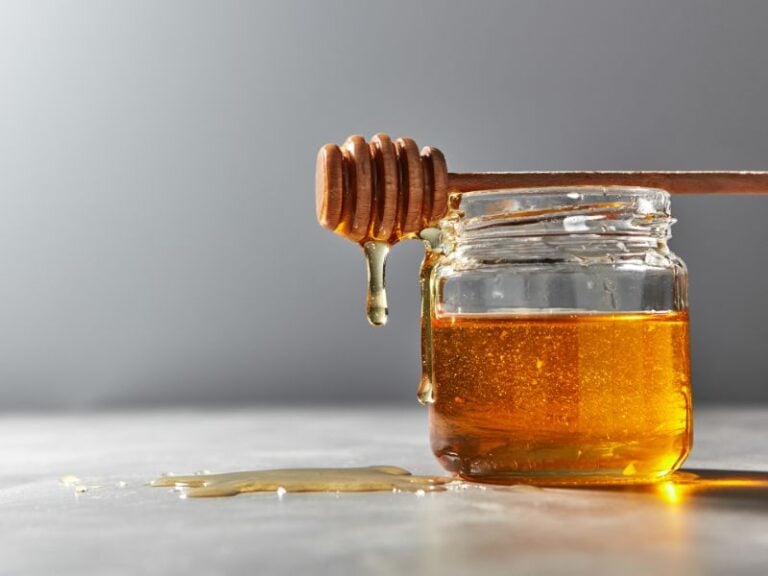


The bottom line...
Real honey is local, seasonal, and complex. Like wine, cheese, or single-origin coffee, it deserves more than just a quick drizzle. It’s an opportunity to slow down, tune in, and taste nature at its finest.
So next time you open a jar, don’t just eat the honey. Taste it—with intention.
Author:
Princess Bee Honey Co.

